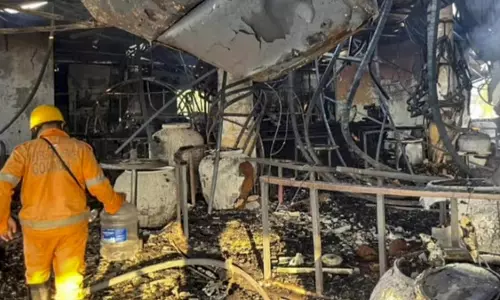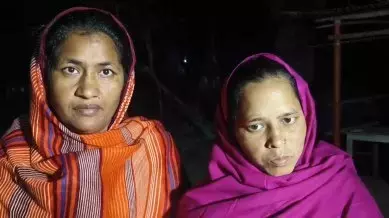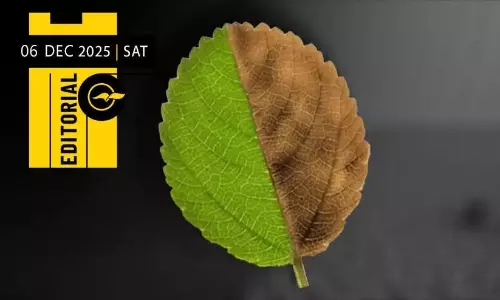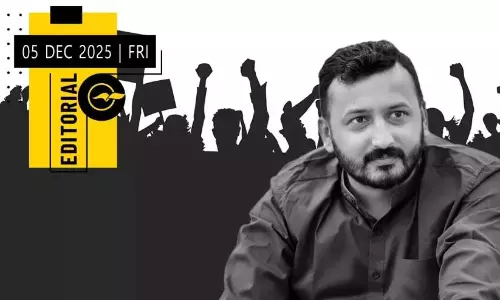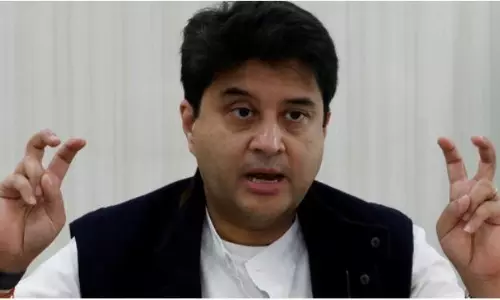
SC/ST, OBCs still dominate dropouts from IITs
text_fieldsImage for representation only
Data provided by the Ministry of Education, and placed before Rajya Sabha by the Education Minister Dharmenra Pradhan show that drop-outs is still a phenomenon in the prestigious and much sought-after Indian Institutes of Technology (IITs) and among the drop-outs the majority are from SC/ST and OBC communitites.
Figures of the last five years showed that around 63% of the undergraduate dropouts at the top seven Indian Institutes of Technology (IITs) are drawn from the reserved categories.
In reply to a question in the Rajya Sabha, reported by the Hindu, the Ministry stated that almost 40% were from the Scheduled Caste and Scheduled Tribe communities, with some institutions, the percentage of SC/ST going as high as 72%.
Even earlier data provided in reply to questions in Parliament had revealed the high percentage of IIT dropouts from reserved categories. For example, data for two years released in 2019 had shown that 2,400 students had dropped out from IIT's, and nearly half of them were from SC/ST cartegories. (https://bit.ly/2VzVQFo).
While replying to the queries this time, Minister Dharmendra Pradhan attributed this to "securing seat in other departments or institutions of students choice or on any other personal ground." While there is a possibility that at the post-graduate level, i.e armed with a tech degree from reputed institutions, PG students would tend to take up jobs if offered during the studies, but the same may not apply to UG level students. The breakdown for UG and PG courses among the drop-outs will need to be analysed to arrive at a judgment on this score.
The reply also mentioned that 2,461 students dropped out of IITs in 2017 and 2018.
The fact that emerges from the Ministry's reply is that a disproportionate number of the dropouts from the elite programmes belong to the SC/ST and other backward categories. Only half the UG students of the IITs are from reserved categories, SC/ST alone forming 23 %. T
The Minister while responding to a question from Kerala MP V. Sivadasan regarding undergraduate dropouts at all centrally-funded technical institutions, which also showed the variance seen across social categories and the measures taken to address it. The Minister listed incentives offered to students to prevent dropouts such as "fee reductions, institute scholarships, priority access to national level scholarships to aid students with poor financial backgrounds to pursue their education".
An analysis made by the Hindu of the seven of the top 10 in the National Institute Ranking framework showed that the disproportionality of dropouts is starker at some institutions. IIT Guwahati holds the worst record, with 88% of its 25 dropouts hailing from the reserved categories. In fact, almost three-fourths of all dropouts are from the SC/ST communities, although they make up less than a quarter of the students.
Of the 10 students who dropped out of IIT Delhi in 2018, all were from the reserved categories, a trend that continued in 2019 too. More than half of all the dropouts in IIT Delhi are from the SC/ST communities and 76% of its dropouts are from the reserved categories.
Top ranked IIT Madras has only had 10 dropouts over the last five years, but six of them were SC/ST students, and another was from an Other Backward Class community. The institution had a 70 percent overall share of reserved categories among dropouts.
The highest number of dropouts was from IIT Kharagpur,i.e. 79 students over the last five years of which reserved categories formed 60 per cent.
IIT Bombay had the best record, with reserved category dropouts in proportion with their share of the total student intake, although SC/ST students fared worse.
The minister's explanations about the reasons for dropouts apart, there have been wide-spread criticisms of many IITs showing prejudice against reserved category students and many of the students feeling unduly stressed on this account. The role of the faculty and to some extent of fellow students have also been blamed for the frustration of SC/ST students.
As for the case of OBCs, in November 2019, a female student from Kerala studying in IIT-Madras had taken the extreme step of committing suicide, with her parents and family alleging religion-based prejudice, and even naming particular faculty members who tormented the student. The Masters student had, as per the authorities' account, scored well in all subjects except one which caused her distress. The allegation of religious prejudice was however not mentioned in the internal enquiry of the institution.






